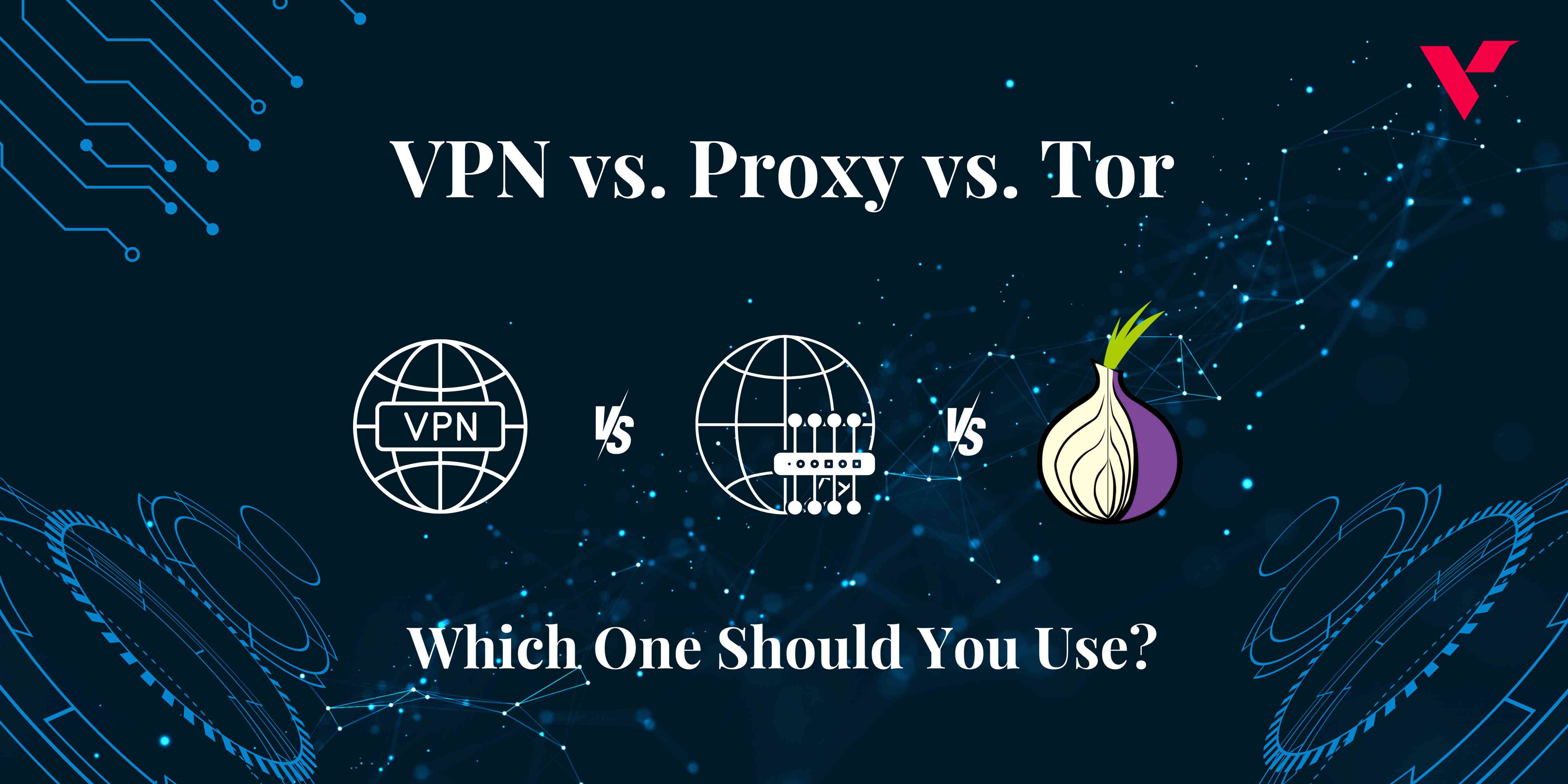Popular Tools by VOCSO
Table of Contents
Why Security is Crucial for E-Commerce Websites
In the fast-evolving world of e-trade, protection is frequently dealt with as an afterthought—until it’s too late. It’s smooth with awareness on user experience, pace, and performance, but failing to prioritize safety can lead to fraud, misplaced consideration, and massive financial harm. According to Cybersecurity Ventures, online fraud is predicted to cost companies a stunning $20 billion by 2023, and a maximum of those assaults are preventable with the right protection practices in place.
As an enterprise owner or marketer, it’s critical to layout an e-commerce internet site that now not handiest draws customers but also keeps their facts secure. So, how will you make sure your internet site is secure without compromising the consumer revel in and overall performance?
We’ll explore nice practices for designing steady e-commerce websites, from enforcing encryption to information hidden tracking apps. Let’s dive into how you can strike that perfect stability.
Secure Payment Gateways: The Backbone of E-Commerce Security
One of the most important elements in e-commerce safety is a secure payment gateway. Every transaction includes sensitive facts—credit score card numbers, addresses, and personal details—making them a prime goal for cybercriminals. Therefore, step one to securing your e-commerce web site is integrating a dependable payment gateway.
Opt for gateways that follow PCI-DSS (Payment Card Industry Data Security Standard) regulations. This ensures that your website online processes payments securely and meets all of the necessary standards to shield your clients’ sensitive records. Payment gateways like PayPal, Stripe, or Square are generally used and broadly relied on.
Additionally, multi-issue authentication (MFA) can assist steady customer bills. By requiring customers to affirm their identification through a mixture of something they understand (password) and something they have got (cellphone or e-mail), you upload an extra layer of protection.
Encrypting Sensitive Data with SSL Certificates
How does your web page defend your customers’ records because it travels throughout the net? The answer lies in SSL encryption (Secure Sockets Layer). This technology guarantees that every record exchanged between a customer and your e-commerce site is encrypted and stable.
When you install an SSL certificate, it turns the “http” in your website’s URL to “https,” signaling to customers that their connection is encrypted. Not only does this reassure customers, but it also facilitates enhanced SEO scores, as engines like Google prioritize steady websites.
Without SSL encryption, your website is vulnerable to hackers who can intercept and steal touchy records. The lack of an SSL certificate may even cause Google flagging your internet site as “Not Secure,” doubtlessly driving customers away.
While it’s important to track customer interactions for performance insights, the use of tracking apps have to be handled with care. Some tracking equipment, which include Spynger, assist you display activities throughout social media and apps to beautify your marketing efforts. When used wisely and ethically, monitoring apps can be a useful resource in monitoring employees’ productivity, customers’ overall performance, or even display locations.
Regular Software Updates: Keeping Vulnerabilities at Bay
Vulnerabilities in your e-trade platform’s software program can leave you open to cyberattacks. One of the easiest and best ways to steady your internet site is to regularly update your software program and plugins. Whether you’re using WordPress, Shopify, or every other e-trade platform, make certain you are the usage of the modern day variations of software programs and patches.
Cybercriminals are continuously searching out weaknesses in previous software to make the most of it. If your website online isn’t up to date, it’s basically an open door to cyberattacks. By implementing an automatic replace function, you may make sure that your platform is usually up to date with today’s security patches.
Use Firewalls and Malware Protection
Even with SSL encryption and steady charge gateways, your e-commerce internet site can nonetheless fall victim to cybercriminals if you don’t have adequate defenses in location. Web application firewalls (WAFs) act as a barrier among your website and ability threats, filtering out dangerous visitors earlier than it reaches your web site.
Additionally, often scanning your internet site for malware can assist prevent harmful software from getting into your system. These proactive measures will protect your website from information breaches, phishing attacks, and other sorts of cyber fraud.
Customer Education: Empowering Users to Stay Safe
While internet site protection is important, it’s additionally important to train your customers about cybersecurity. Encourage them to use strong passwords, prompt -thing authentication, and be aware of phishing tries. Providing basic cybersecurity pointers to your website or in the course of the checkout technique facilitates customers understanding how to defend their information and builds consideration together with your logo.
A safety-aware purchaser is much more likely to feel confident buying on your website online and returning in the future.
Monitor for Suspicious Activity
Real-time tracking permits you to spot unusual interest to your e-trade web site before it escalates into a chief hassle. Use tools that warn you of signs of fraud, including a couple of failed login tries or surprisingly huge transactions.
Many e-commerce systems offer built-in equipment for monitoring suspicious pastime, however you may also integrate third-celebration solutions to enhance detection. By acting fast, you can prevent damage and shield your clients from fraud.
Data Backup and Disaster Recovery: Preparing for the Unexpected
Even with the best security measures in place, no e-commerce website is completely immune to cyber threats, server failures, or accidental data loss. That’s why having a robust data backup and disaster recovery plan is crucial for maintaining business continuity. Without a proper backup strategy, a single attack or technical failure could result in lost revenue, customer trust, and irreversible damage to your brand’s reputation.
Importance of Regular Backups
A sudden cyberattack, such as ransomware, can lock you out of your website and hold your data hostage. Regular backups ensure that you can quickly restore your website without losing crucial customer data, transaction records, and inventory details. Ideally, you should:
- Automate daily backups to prevent data loss.
- Store backups in multiple locations, including cloud-based and offline storage.
- Regularly test your backups to ensure they can be restored when needed.
- Encrypt backup data to prevent unauthorized access.
Additionally, maintaining multiple versions of your backup can help you roll back to a specific point in time if your data is corrupted or compromised. This reduces downtime and prevents complete operational failure.
Disaster Recovery Strategies
In addition to backups, a strong disaster recuperation plan minimizes downtime and monetary losses in case of a protection breach or technical failure. Key components encompass:
- Incident Response Plan: Clearly outline steps to observe in case of a security breach, such as keeping apart affected structures and notifying stakeholders.
- Redundancy: Use failover structures to preserve your internet site walking if the primary server goes down, making sure minimal disruption to purchaser transactions.
- Security Drills: Regularly take a look at your group’s reaction to cyber threats and technical disasters through simulated assaults and system restoration exercises.
- Cloud-Based Recovery Solutions: Cloud carriers often offer catastrophe restoration as a provider (DRaaS), taking into consideration faster healing and greater resilience against catastrophic failures.
By proactively preparing for the unexpected, you can safeguard your e-commerce commercial enterprise from devastating losses and hold it as true along with your clients. A properly-achieved backup and disaster healing plan now not only protects your information but additionally reinforces your credibility as a steady and reliable online store.
Conclusion: Securing E-Commerce for Long-Term Success
Building a secure e-commerce website isn’t just about implementing technical measures; it’s about creating a trustworthy experience for your customers. By following best practices such as using SSL encryption, choosing secure payment gateways, and keeping your software updated, you can protect your business and your customers from fraud.
Remember, balancing safety with performance is key. Customers don’t need to sense like their purchasing experience is gradual or cumbersome. But with the proper equipment and mind-set, you may design an internet site that’s both stable and person-pleasant—ensuring that your enterprise thrives whilst maintaining your customers’ records safe.

















